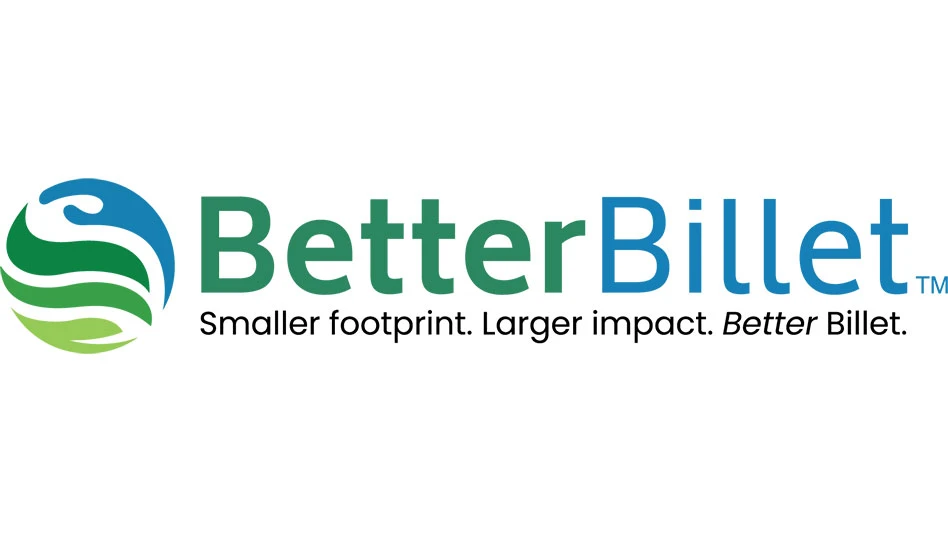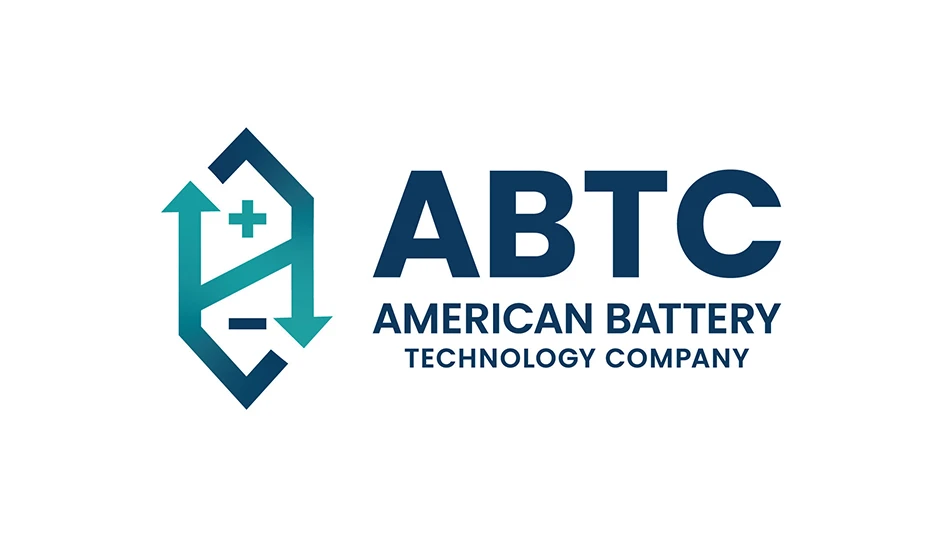China is now the second largest consumer of refined copper in the world. It accounts for about 12% of the global total, compared with just under 20% for the U.S., and its consumption has been growing at a staggering 15% per year.
In 1998, copper demand in China for the first time surpassed that of Japan. During 2000, imports of refined copper soared by 65% to 668,000 metric tons. The country’s exports of copper also rose by 21% to 115,000 metric tons, which took net imports to 553,000 metric tons, representing year-on-year growth of 39%. In 1997, net imports were just over 70,000 metric tons.
State Investment
What are the reasons behind the boom in Chinese copper consumption and the surge in copper imports? A key factor has been the strong domestic economy, which has been one of the star performers in the global economy. Real GDP growth averaged 8.5% per year between 1995 and 2000 and industrial production growth was in double digits. Furthermore, the economy is still going through a metal-intensive period of growth.
Much of this growth has been promoted by a massive state investment campaign aimed at creating jobs, spurring consumer spending and staving off bankruptcies at state companies. As a result of the slowing global economy, export growth has slowed to 10% to 20% compared to 20% to 30% in past years. The Chinese government hopes to counter this slowing trend by boosting domestic demand.
Government spending on infrastructure projects includes telecommunications, highways, railways, electricity generation and transmission, and petrochemicals. Last year, spending on infrastructure projects was focused on the truck lines of the national cable TV network, the hydropower station at the Three Gorges Damn, and the West-East Natural Gas Transport Project.
A key aim of the infrastructure program is to connect the west and center of China to the more prosperous east and open up new markets in the interior. Copper is used both in basic infrastructure projects (for example, copper power cables) and in electronic consumer goods such as cell phones, PCs and Internet use. Much of the future growth in copper consumption will come from the deepening consumer base as the interior is developed.
Excess Inventory
The main problem in China appears to be excess inventory and the fact that domestic production continues to rise sharply, rather than there being a fundamental weakness in demand.
For example, the production of copper semis in China rose by nearly 22% year-on-year in the first quarter of 2001. In addition, industrial activity in copper consuming sectors was also strong—motor vehicles up 21%, power generation equipment up 15%, AC electric motors up 24%, air conditioners up 45%, refrigeration up 7%, integrated circuits up 21.2% and switchboards up 90%.
Last year’s surge in shipments to the Chinese market (both domestic and imports) was in excess of what could have been realistically consumed, and a significant proportion went into inventory. At the end of April inventories on the Shanghai Futures Exchange were 81,000 metric tons. In addition, anecdotal evidence suggests that in excess of 100,000 metric tons have been accumulated at port locations on the eastern seaboard of China. Much of this material is held in bonded warehouses and was attributed to arbitrage purchases made in the first half of last year.
The widening differential between the Shanghai and LME markets creates a temporary arbitrage for Chinese buyers. Thus arbitrage is commonly expressed as a ratio, and when it is above 10 importers tend to lock in arbitrage and import metal from the west.
The converse also applies; if the ratio is low enough, then exporting metal to the west becomes attractive. Import trends are further complicated by traders importing copper in order to open letters of credit to obtain finance for speculating in the domestic stock market.
Increasing Refining Capacity
Chinese copper production in the first quarter this year rose by almost 22% to 334,000 metric tons, including 50,000 metric tons of secondary production. The domestic producers in China are in the process of raising refining capacity.
The largest project is at Jiangxi Copper Co., where capacity is being lifted to 350,000 metric tons per year from the current 200,000 metric tons per year. Toggling Nonferrous Metal Co. is looking to raise capacity by 80,000 tons per year. Other companies planning to boost capacity include Yunnan Copper, Daye Non-ferrous Metals and Jinchuan. I believe that the expansions planned, or under consideration, will largely keep pace with domestic demand, rather than fundamentally altering China’s propensity to import.
Even with these planned capacity increases, domestic production will still fall short of the 1.6 million to 1.7 million metric tons consumed annually. The trade data for the first quarter of this year tends to support the view that the Chinese market is oversupplied.
China imported 131,000 metric tons of refined copper in the first quarter of this year, a raise of 9.7% year-on-year with 65,000 metric tons of this coming in March.
Net imports totaled 116,000 metric tons. Import growth is thus likely to remain slower this year. Not only will high inventories depress the need for imports, but also domestic production is rising sharply.
Raw Material Imports Strong
In addition to imports of refined metal, China imports substantial quantities of copper raw materials in the form of scrap and concentrates. Reflecting the increase in smelting capacity in the recent years, annual imports of scrap and concentrates now exceed 4 million tons (gross weight).
Domestic mining production is struggling to keep pace with the expansion of smelting and, with annual mine output of about 570,000 metric tons per year, is less than half annual smelter output. In the first quarter of this year, imports of copper-bearing scrap rose 17% to 693,000 metric tons (gross weight), while concentrates rose 14% to 447,000 metric tons (gross weight), and mining production rose 9.8% to 138,747 metric tons (metal content).
The widening gap between mine and smelting capacity is likely to push imports of copper concentrates to more than two million metric tons in 2000 from 1.81 million metric tons last year.
Late last year, the government approved import quotas for 80,000 metric tons of tax-free copper concentrates per year for the next three years to ease the burden on producers. The imports will be free of 17% value added tax, which will be rebated, although it would be charged again on sales of refined copper.
Buying Mines Overseas
China is relatively poorly endowed with copper resources, and ore grades of existing mines are lower than those in the West. This has spurred interest in acquiring mines overseas.
In July 2000, state-owned firms re-opened the Chambeshi mine in Zambia. The mine’s rehabilitation is costing $150 million, with full output of 45,000 metric tons per year to be reached0 in three years. More recently, the Metallurgical Construction Corp. of China has signed a 10-year lease for the Saindak copper-gold project in Pakistan.
MCC is to pay the government of Pakistan $500,000 per month rent for the project, in addition to 50% of the operation’s total output. The project is capable of producing 15,810 metric tons per year of blister copper over a period of 20 years. The project has been closed since 1995 due to a shortage of working capital.
Evidence suggests that Chinese copper consumption is set to remain robust, driven by domestic demand for electronic consumer goods, rising shelf sufficiency in terms of semi-fabricated copper products and relocation of foreign manufacturers to China.
Growth should be similar to that of industrial production, or around 9 to 10% per year. The government intends to issue $18 billion in bonds this year and next to pay for infrastructure projects. This will be in addition to loans from banks. For example, the China Construction Bank plans to invest $17 billion in infrastructure projects this year, which represents about 75% of all corporate loans released by the bank.
Robin Bahr works in the research/marketing-base metals area of Standard Bank, London. This article was first published in The Ringsider, the corporate magazine of the London Metal Exchange.

Explore the August 2001 Issue
Check out more from this issue and find your next story to read.
Latest from Recycling Today
- SWACO rolls out new commercial recycling and food waste programming
- Updated: Matalco to close Canton, Ohio, plant
- Metso launches electric Anode Weighing and Casting Machine
- Circular by Shapiro releases '5 for Five' sustainability series
- Graphic Packaging set to close Ohio CRB facility
- Ameripen voices support for Maryland EPR bill
- Maryland county expands curbside recycling to include electronics
- California EPS ban will be enforced





